Hoppy and [Alcohol] Free: Non-Alcoholic Hazy IPA Takes Flight
Hazy IPAs have been the most popular style in craft beer for half a decade now, so if the nascent non-alcoholic (NA) segment of craft was going to gain a foothold, it was critical for this style to be a big part of that movement. Fortunately, numerous NA producers are now brewing excellent Hazies, and the style seems to adapt well to the NA format. Non-alcoholic Hazy IPA is thriving, and drinkers are appreciating the chance to enjoy their favorite hoppy style without the effects of ethanol.
When Boston Beer (better known as Sam Adams), one of the largest craft breweries in the country, decided to get into the NA market, they launched with a Hazy IPA known as Just the Haze. The beer won gold in the non-alcoholic category at the 2022 Great American Beer Festival. First, however, they spent two years and many dozens of trial batches dialing in the process. Senior Manager of Brewing Research and Development Christina Hahn says one of the hardest challenges was keeping hop flavor and aroma—the star of the show in Hazy IPAs—front and center without the help of alcohol.
“In a standard IPA, the alcohol works to highlight hop aroma compounds and make them shine,” she says. “We needed to think about how we could coax out all the amazing aromas and flavors of hops without the help of alcohol. That was a big challenge, even for us beer nerds.”
NA brewers are notoriously tight-lipped when it comes to technical details, but Hahn does say they went beyond brewing trials and worked directly with hop scientists around the world to get their process down, regularly shipping samples to Germany and Japan.
Mouthfeel
While hop aroma and flavor steal the show in Hazies, mouthfeel is critical to the style’s presentation. While there are variations of interpretation, many of the best examples are soft without feeling heavy, smooth but not flabby, relatively dry while maintaining an impression of subtle sweetness to bolster the fruity hop notes. While the malt bill and mash regimen in a standard Hazy are crucial for achieving this, alcohol also plays a significant role in how the beer feels on the tongue. So how do NA brewers compensate for this?
“Wheat and oats are going to be your friend there as you’re looking at the proteins that go a long way in adding that,” says Kevin Henschel, Director of Brewing at Athletic Brewing, whose Free Wave Hazy IPA has won numerous awards and can be found in many bars and restaurants across the country. Wheat and oats have a higher protein content than barley malt, serving to fill out the body of a beer they’re used in without increasing sweetness. Hahn echoes this, noting Boston’s use of “a healthy dose” of white wheat and oats to augment Just the Haze’s base of two-row malt.
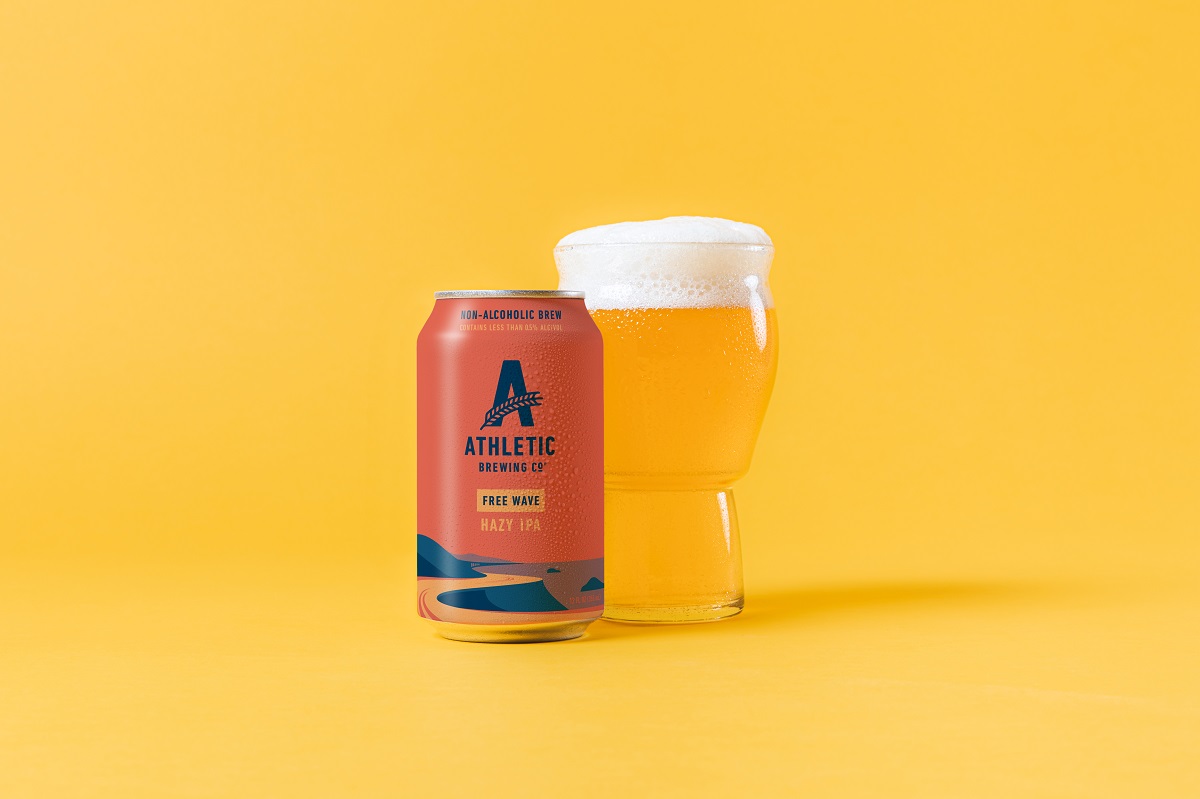
At Two Roads Brewing, industry veteran Phil Markowski further outlines the textural problems inherent in NA brewing.
“Not only is mouthfeel important with Hazies, but with the absence of alcohol, they inherently feel watery,” he explains. “Even if the real extract (a calculation of a beer’s gravity) is comparable or higher than a conventional beer, it still feels watery. It’s all about building up that body, whether it’s using classic malted or raw oats, or adding maltodextrin to boost that body without boosting the amount of fermentable sugars.”
Aaron Blonden, head brewer at Self Care, looks to another foundational brewing ingredient when he wants to adjust mouthfeel.
“We like thinking about mouthfeel in terms of water profile,” he explains. “If your water’s not right, it’s not going to taste and feel right. Being very deliberate about your water profile is pretty much half the mystery to Hazies.”
The Role of Alcohol
Ultimately, no matter what a brewer does, most NA beers are still going to have a different mouthfeel than their alcoholic brethren. This isn’t inherently a bad thing, though it does take consumer education and acceptance that NA beers represent unique styles, rather than perfect copies of existing styles. Still, NA brewers must work to create and preserve what makes styles like Hazy IPA so popular.
“If you look at something like Treehouse, they’re going to have really big, boozy [Hazy IPAs] where the alcohol plays a role in the beer itself,” explains Henschel. “How do you still get the hop character and the malt character, but in a non-alcoholic package?”
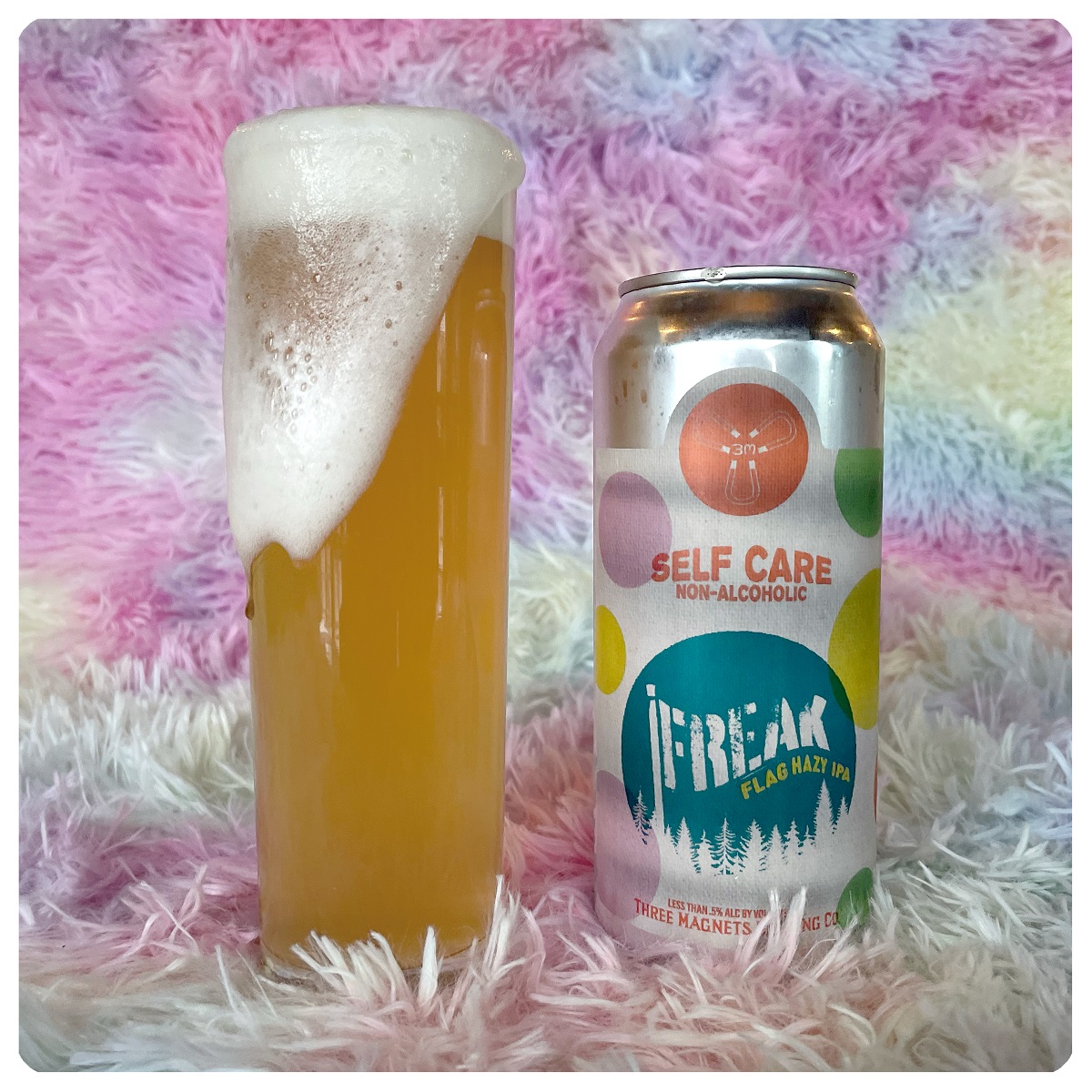
Beyond its role in mouthfeel, it has been theorized that alcohol may also act as a solvent in extracting hop aroma compounds. In its absence, some brewers are turning toward newer hop products to get full hop character in this challenging environment. Markowski mentions using Cryo hops in addition to standard T45 and T90 pellets, and Henschel says he has gotten creative with the timing and temperature at which he adds his hops. Both express interest in new liquid hop products becoming available, and Blondel says he’s a big proponent of using hop oil in the brite tank.
While he doesn’t have the benefit of alcohol’s possible role in extracting hop character, Henschel believes the absence of alcohol in a finished beer can in some ways be a benefit in expressing the full flavor of hops.
“If you don’t have 7% ABV, you’re going to miss some of the kick behind it, yeah,” he acknowledges. “But I think that also takes away from a lot of the hop characteristics because we can get a lot more coming through in the finished product than you would in a traditional beer where the alcohol is actually fighting for some of that palate space.”
Other Considerations
One issue all brewers of heavily dry-hopped beers—NA or not—have to deal with is hop creep. Enzymes in hops can potentially convert some of the remaining unfermentable starches into fermentable sugars. Yeast cells can begin to ferment these, increasing alcohol content and carbonation pressure, and potentially producing unwanted flavor compounds like diacetyl. In hops added during the boil, these enzymes are mostly or entirely denatured, but they remain active in hops added during later dry-hopping stages. In heavily dry-hopped Hazy IPAs, these can exist in enough concentration to convert a non-negligible amount of fermentable sugar. If active yeast remains in suspension, there’s a potential for trouble. NA brewers must worry about the potential for hop creep for these same reasons, but with higher stakes.
“We have run into hop creep,” says Markowski. “From our experience, it seems to add an average of .1% ABV if allowed to complete. That’s not a big deal in a conventional beer, but it’s a very big deal when your ABV is .35% and you legally can’t exceed .5%.”
Two Roads tries to shorten the amount of time hops are in contact with the beer during dry-hopping. They have developed methods to maximize hop aroma extraction in a shorter window of time than they would use for standard Hazies.
Because NA beers have less to hide potential flaws behind, several brewers I spoke to for this story highlighted the importance of achieving the lowest possible dissolved oxygen levels in packaged Hazies to minimize potential off flavors down the road.
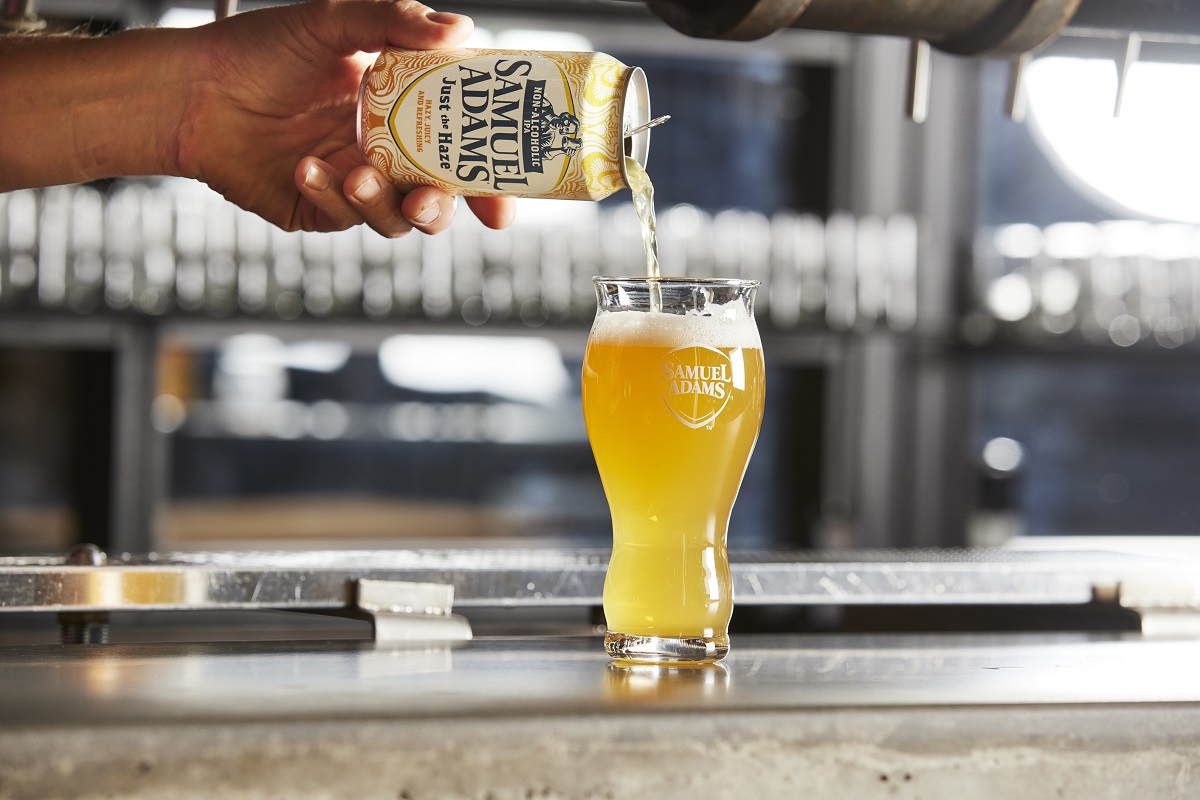
Nailing craft beer’s most popular style has been instrumental in the growing popularity of the NA segment, and breweries like Athletic and Self Care are offering multiple Hazy options, just like many standard breweries. While a taster will likely notice the difference between an NA and standard version, the style’s characteristic bold flavors and gentle mouthfeel are uniquely suited to the non-alcoholic space.
For non-alcoholic brewers and drinkers, the future of non-alcoholic Hazy IPA is as bright as the hop profiles we’ve come to love in this style.
All images provided by their respective breweries.


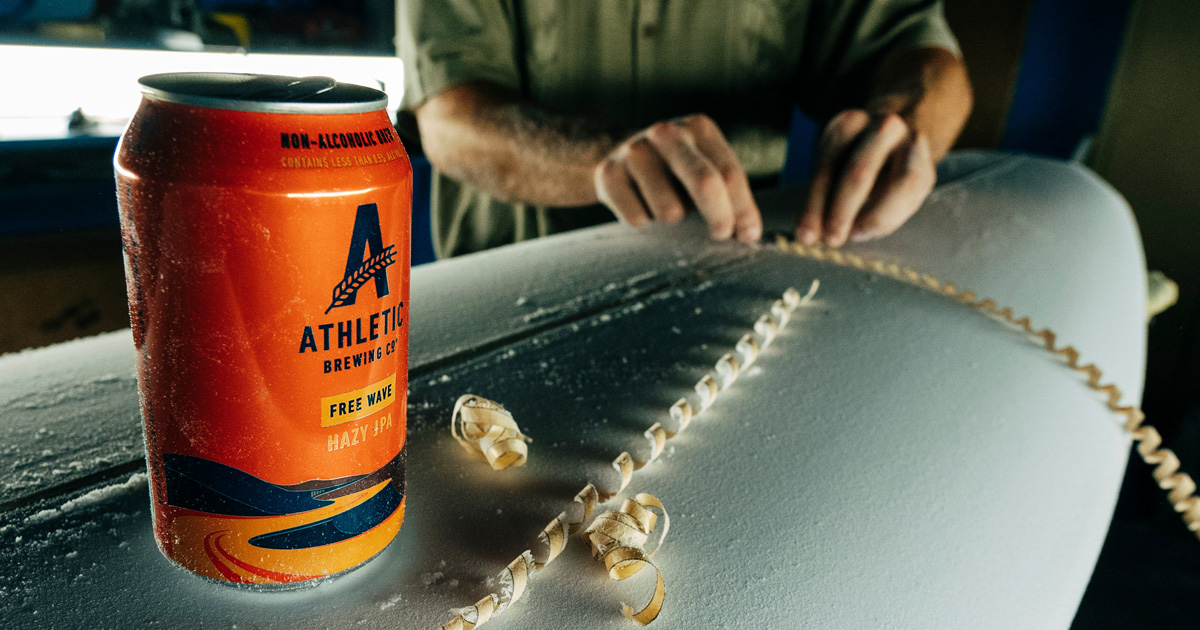

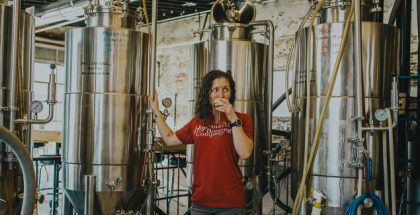
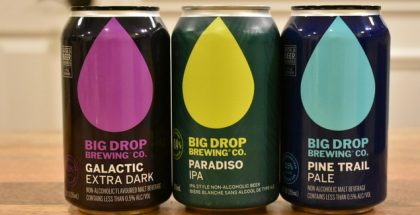
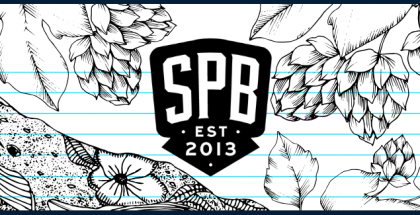
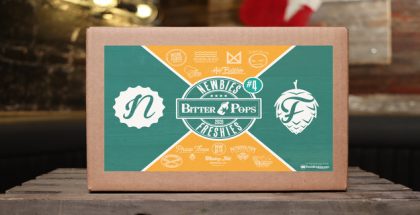
Submit a Comment